by Nick Taylor and Barbara Nevins Taylor
If you have summer travel planning on your mind, think about Sardinia. A full-page ad for the Italian island in the New York Times reminded us of all the wonderful things we saw and did on our trip to Sardinia before the pandemic. We reposted our stories for 2023, and one will lead you to the next.
It all began when Nick got the results of a 23andMe DNA test. It surprised him to learn that he was .02 percent Sardinian. The analysis showed that one of his 17th or 18th century ancestors came from Sardinia.
The DNA discovery opened up a new window into Nick’s family history and immediately got us thinking about a trip to the island.
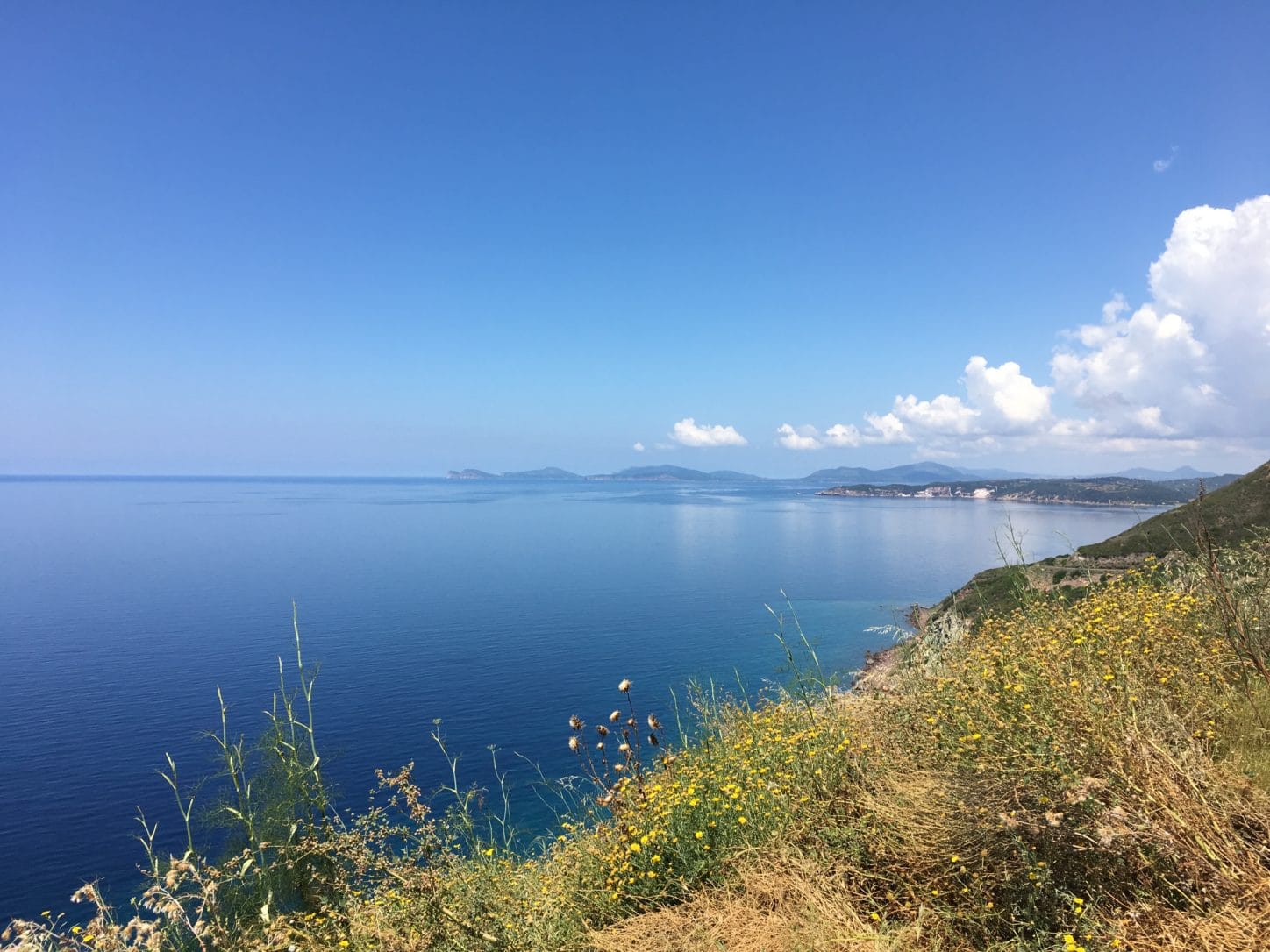
A casual internet search showed a spectacularly rugged coast, green water and a mountainous interior both lush and stark. Suddenly we felt eager to visit and discover this offshore part of Italy.
We did some reading and things began to add up. It turns out that the English under Queen Anne teamed with Hapsburgs to route the Spanish from Sardinia. Admiral John Leake, leading the Mediterranean Fleet, invaded Sardinia in 1708. This opened commercial trading in the Mediterranean for Great Britain.
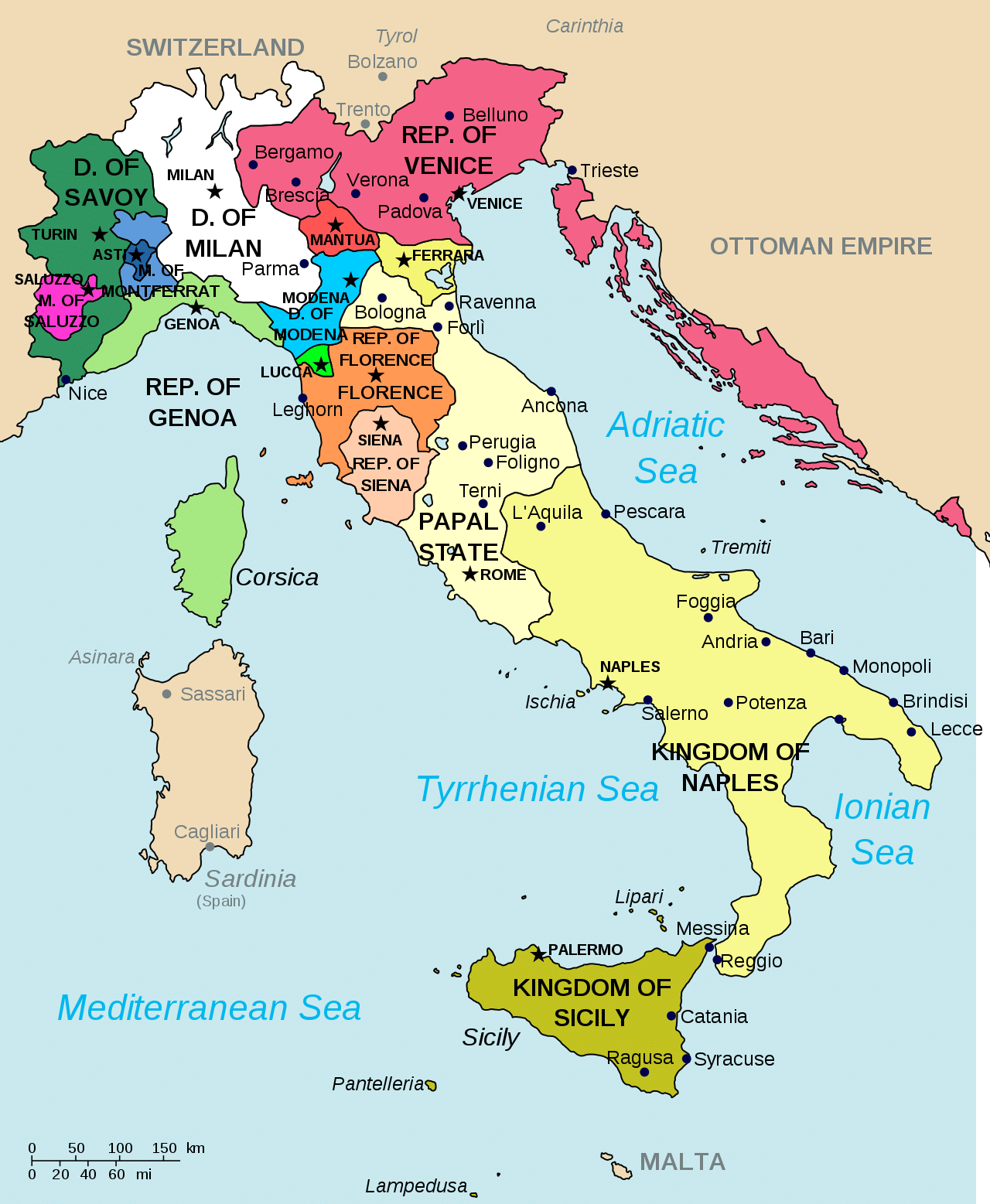
Ah. Nick’s father was British. DNA says he’s 34 percent English and Irish. His father’s father was a sailor and his business was importing fruits and vegetables to England from Africa. So somewhere along the way… You get the picture.
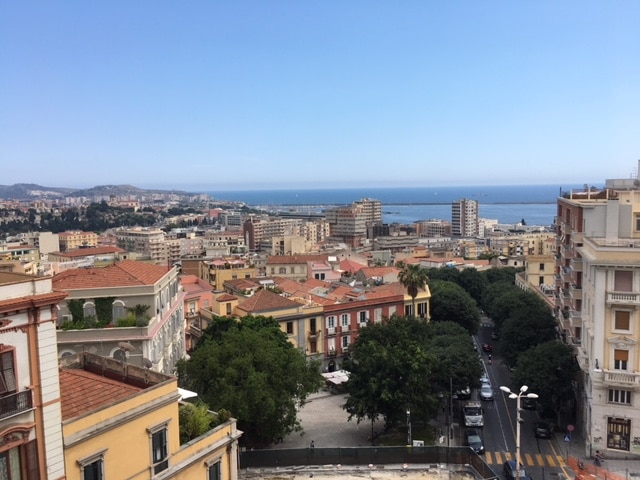
Our research suggested we start in Cagliari. That’s where the British invaded and the city is also far from the mega-yachts and super rich on the Costa Smeralda. Getting to Cagliari meant a 55-minute flight from Rome, or a ferry that took ten hours. We chose Alitalia.
A taxi brought us from the airport into the port city and we quickly discovered that everything goes uphill.
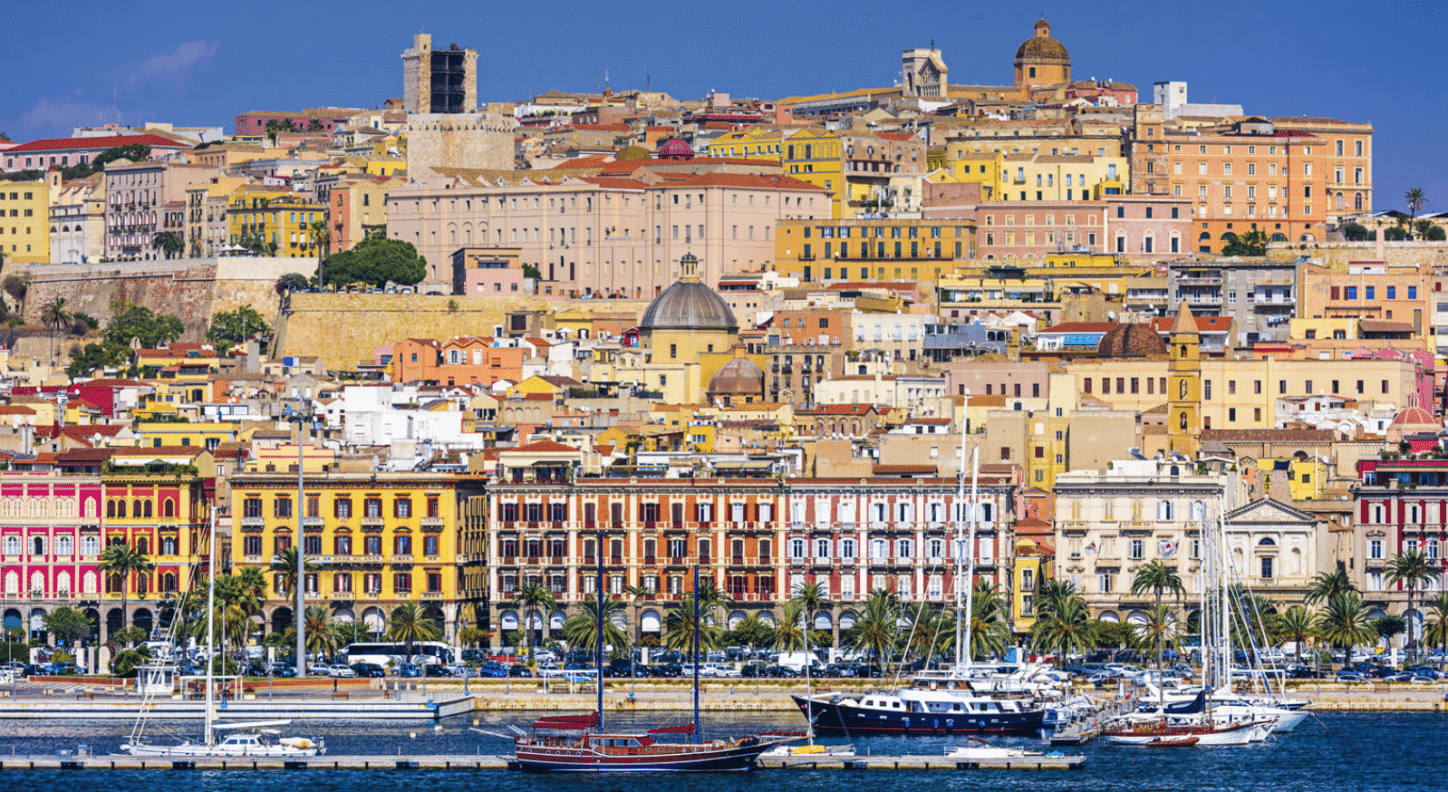
Through Booking.com we had reserved at Palazzo Dessy, a guesthouse in the Marina District. The taxi driver explained that he couldn’t go into the pedestrian zone where it was located. He dropped us on the main drag across from the harbor. So we rolled our suitcases uphill to the first narrow cross street and discovered the Palazzo Dessy there on Via Sardegna.
A family called Dessy had owned the palazzo, then new owners converted it into a guesthouse. Francesca, the housekeeper cum concierge, was waiting for us when we arrived. She led us to a small elevator and then to the second floor and a charming triplex, one-bedroom apartment, with a sitting room, a terrace off the bedroom that overlooked rooftops, and a fireplace that we wouldn’t need in the summer heat.
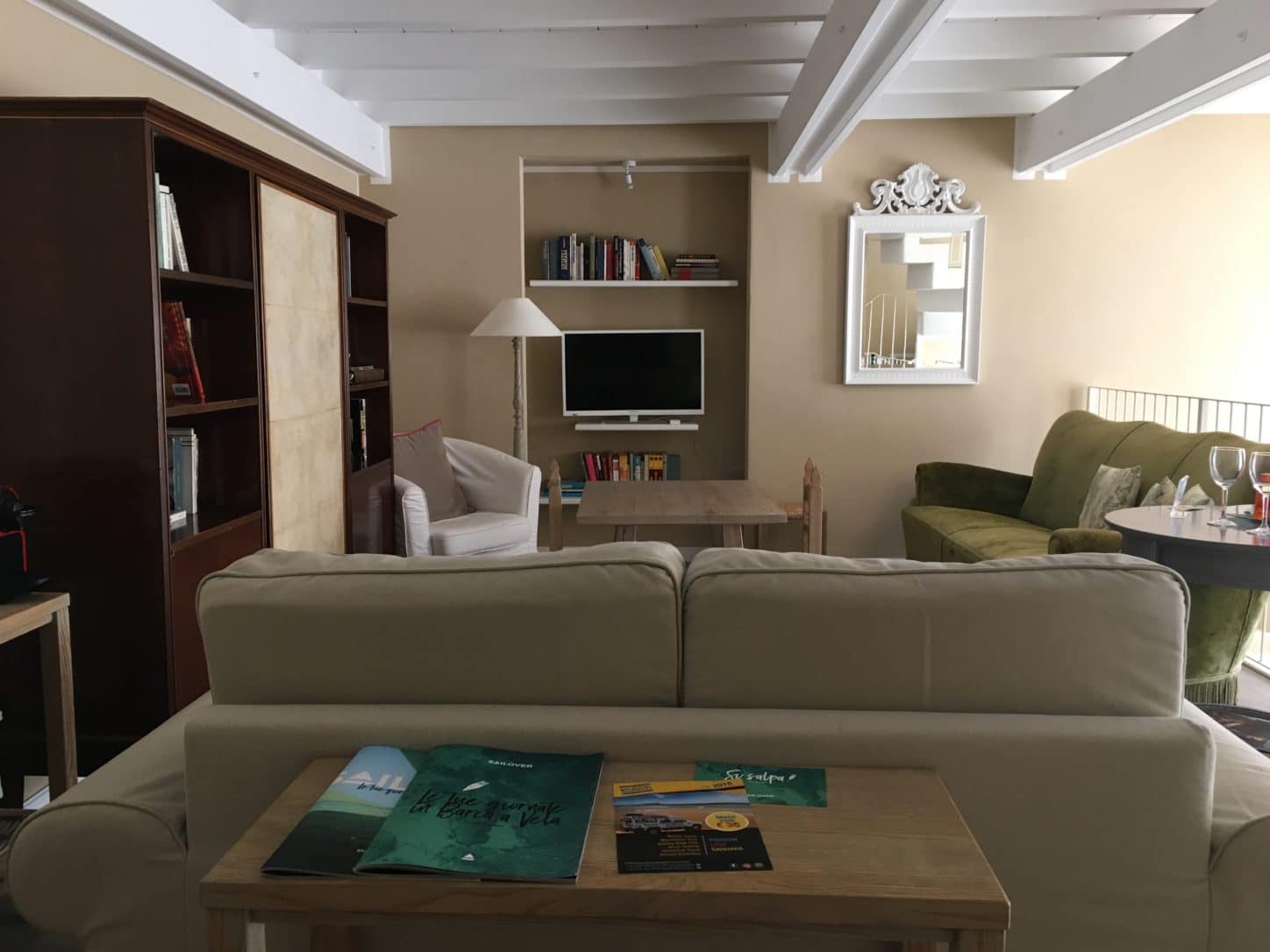
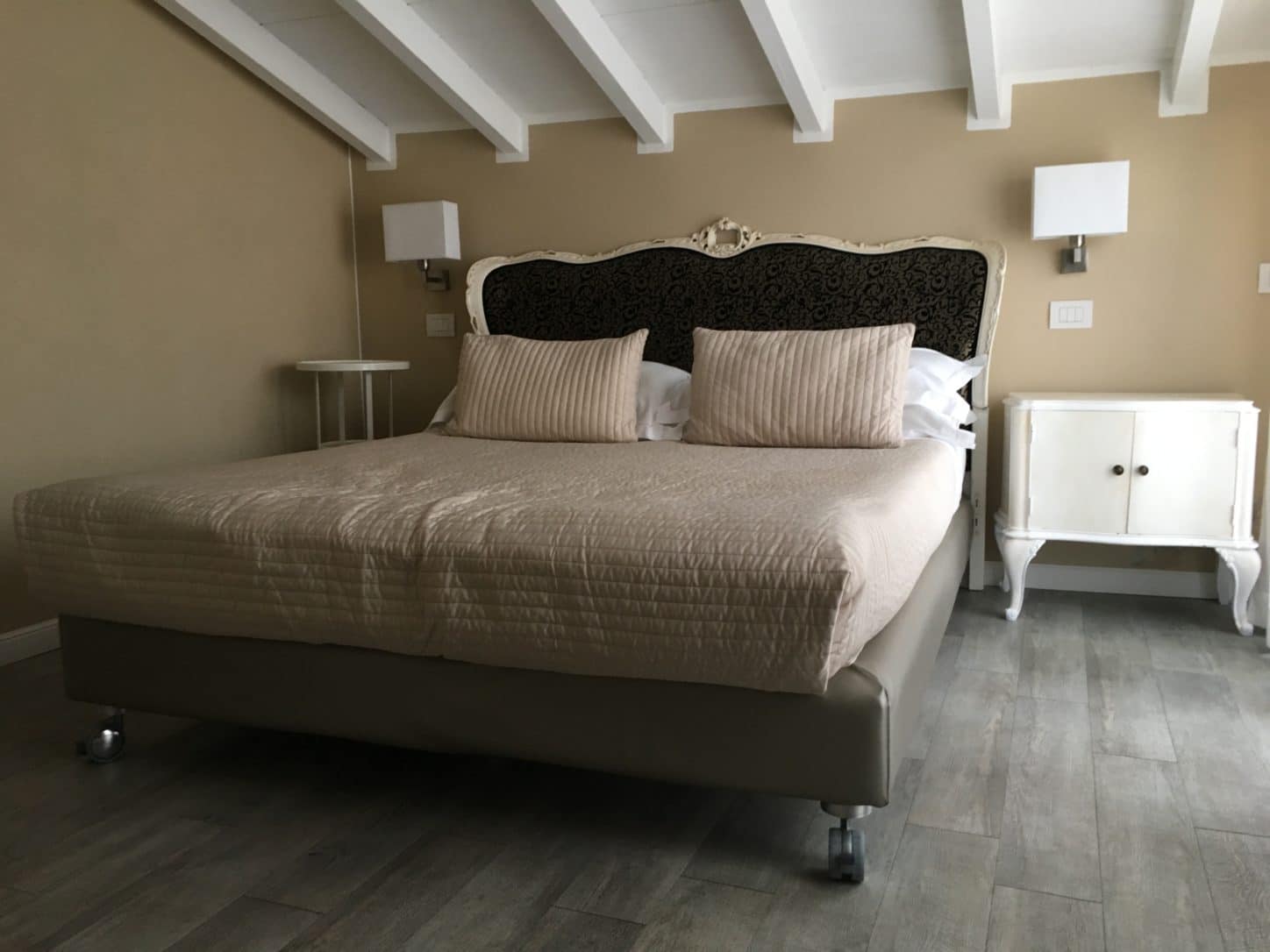
Comfortable, un-hotel-like and cozy, we found it a perfect start to our adventure. We also quickly learned Palazzo Dessy was perfectly situated to explore Cagliari.
When we mentioned lunch Francesca asked, “You want pizza?” Apparently American tourists are as pizza-mad in Sardinia as they are in the rest of Italy. But we said no, we wanted to eat seafood. “Ah,” said Francesca. “Su Cambido. To the left, then the right. Very good.”
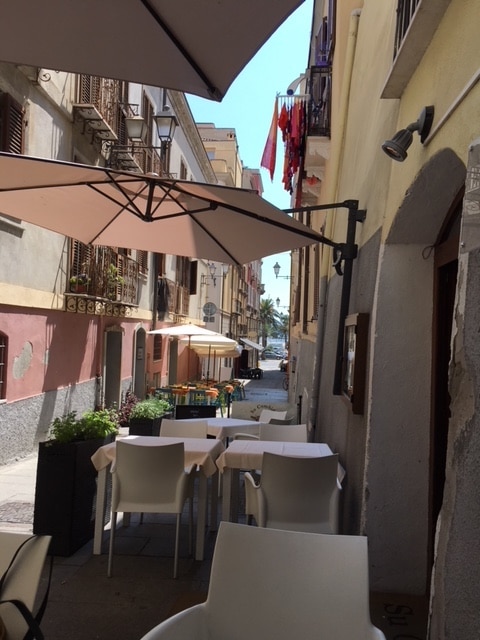
And so true.
We were late. Restaurants stop serving lunch at about 2:30 and we missed the mark. “Antipasti only,” the waiter said. That was fine with us.
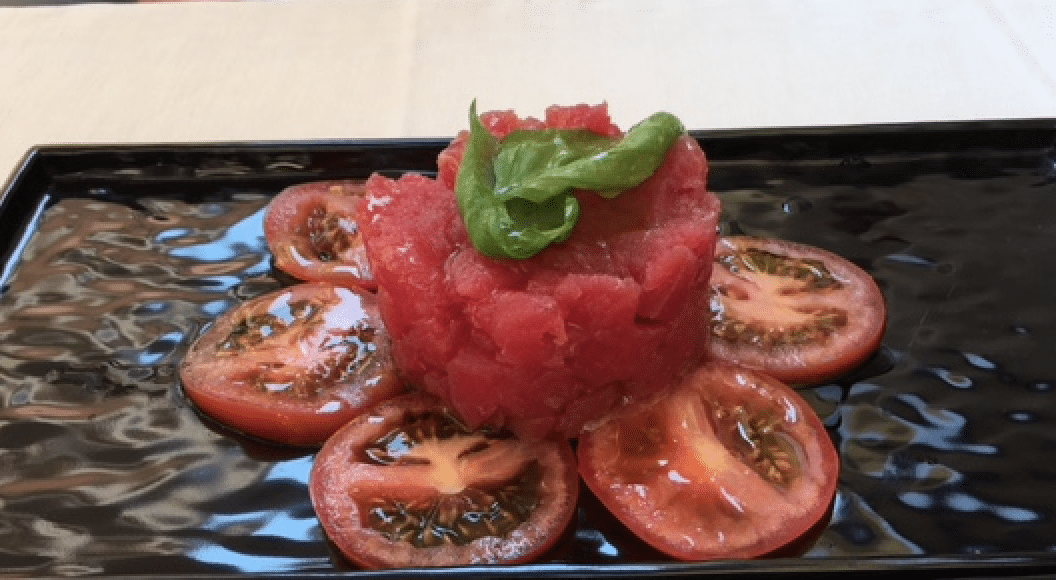
Barbara ordered tuna tartare, a luscious pink mound of fresh fish. And Nick ordered his traveling favorite, octopus salad and Caprese salad. Perfection.
Looking uphill as we ate at our table on the street, we could see the steps leading to the hill and still more steps to Il Castello, the castle-fortress that watches over Cagliari.
Cagliari’s been around a long time. Phoenicians from the coast of what’s now Lebanon and northern Israel founded the city in the 8th century B.C. But even before that, scholars think Greeks from Mycenae sailed to the island and traded with the Bronze Age indigenous people, the Nuragi, maybe starting in the 13th-14th centuries B.C.
Sardinia’s location off Italy’s east coast, south of Corsica and north and west of Sicily, made it a target for any power that wanted to control trade in that part of the Mediterranean.
Carthage conquered it in the 6th century B.C. and then the Romans, who ruled for hundreds of years until the Vandals invaded. Then came Arabic Muslims in the 7th and 8th centuries. They conquered Cagliari and several other coastal towns.
Later the Pisa Republic claimed it.
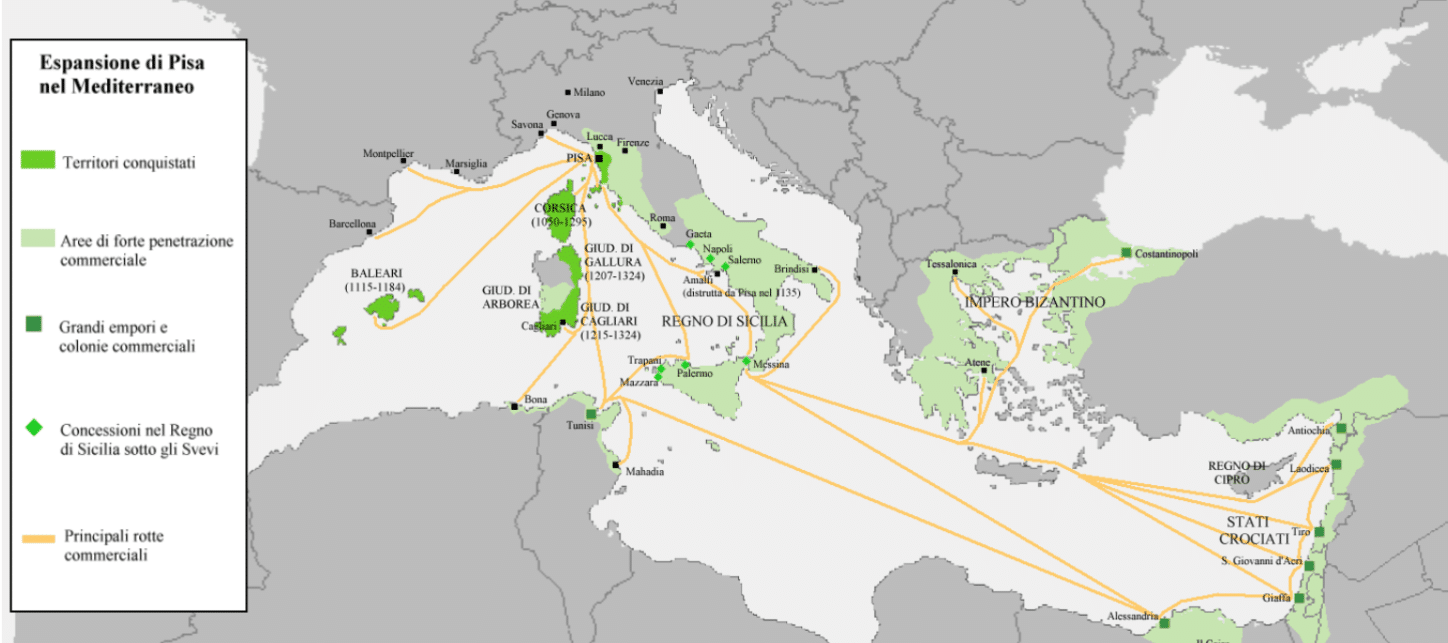
Then the Genoans took control until the Spanish crown of Aragon conquered the island in 1324. We mentioned the British invasion in 1708. They helped the Hapsburgs extend their empire and then the Dukes of Savoy gained power and ultimately, Sardinia became part of the united Italy in 1861.
Much of Cagliari and other cities had to be rebuilt after Allied bombings during World War II.
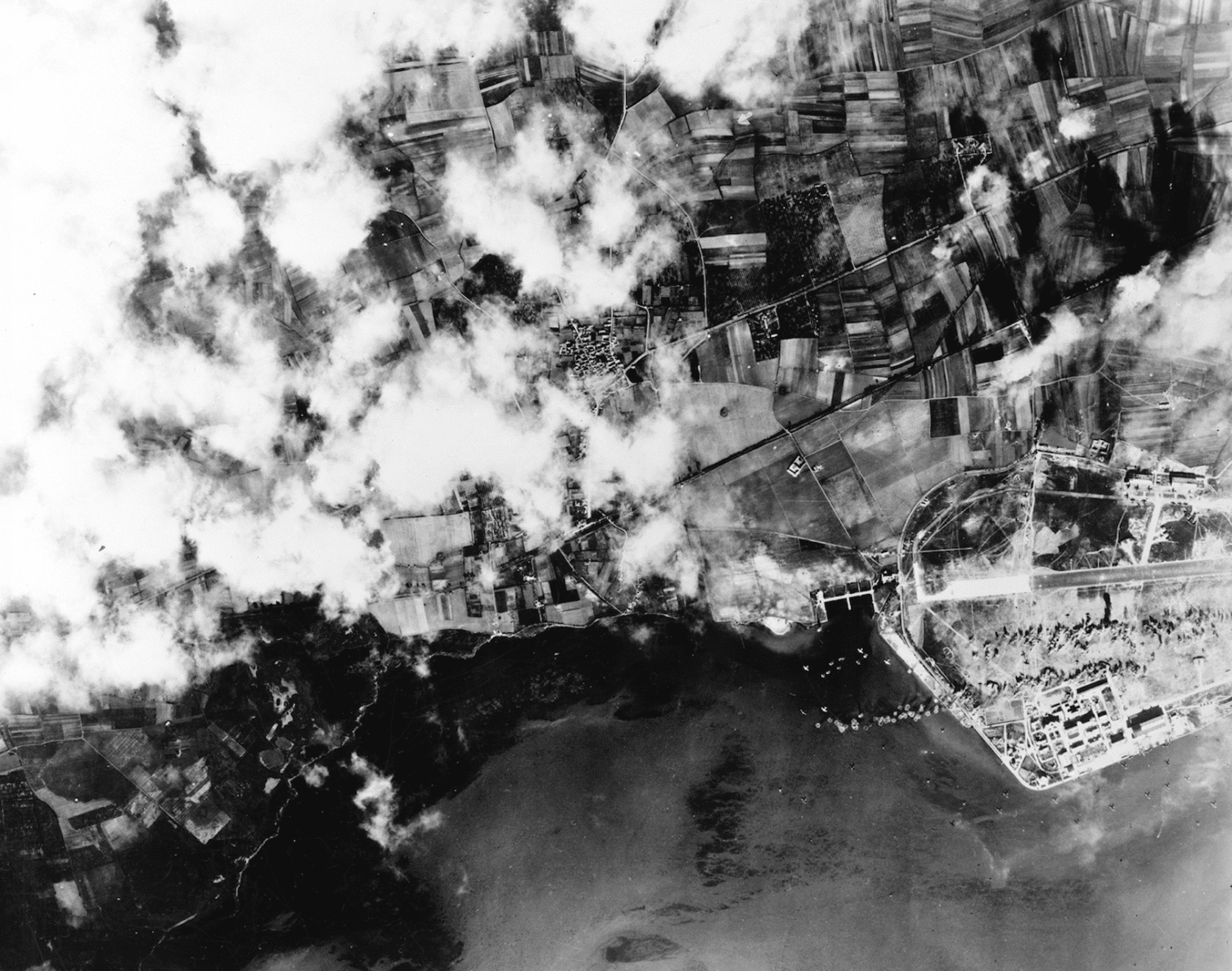
Somehow through all of this the Sards kept their own language. They do speak Italian. But everything carries a touch of Sardo. Names of things, for example, go by Su, an article meaning “the.” For the feminine, it’s Sa.
So we had a lot to investigate after we ate.
We climbed the first set of steps, and they took us up to a broad street lined by houses and shops.
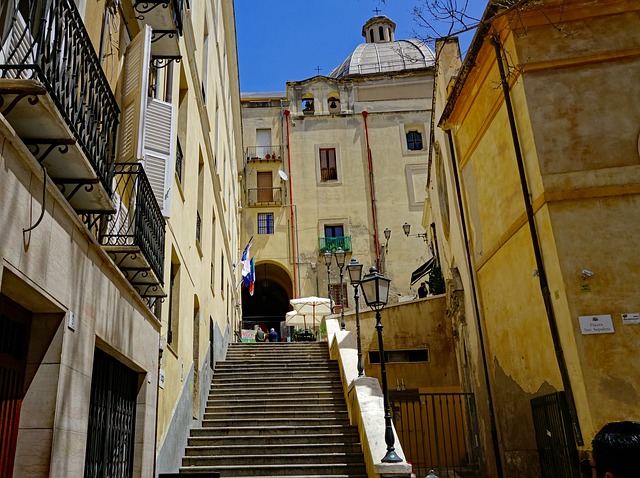
That street led to another narrower street, which twisted right to another which twisted left and up and up we went until we reached the Il Castello fortress wall.
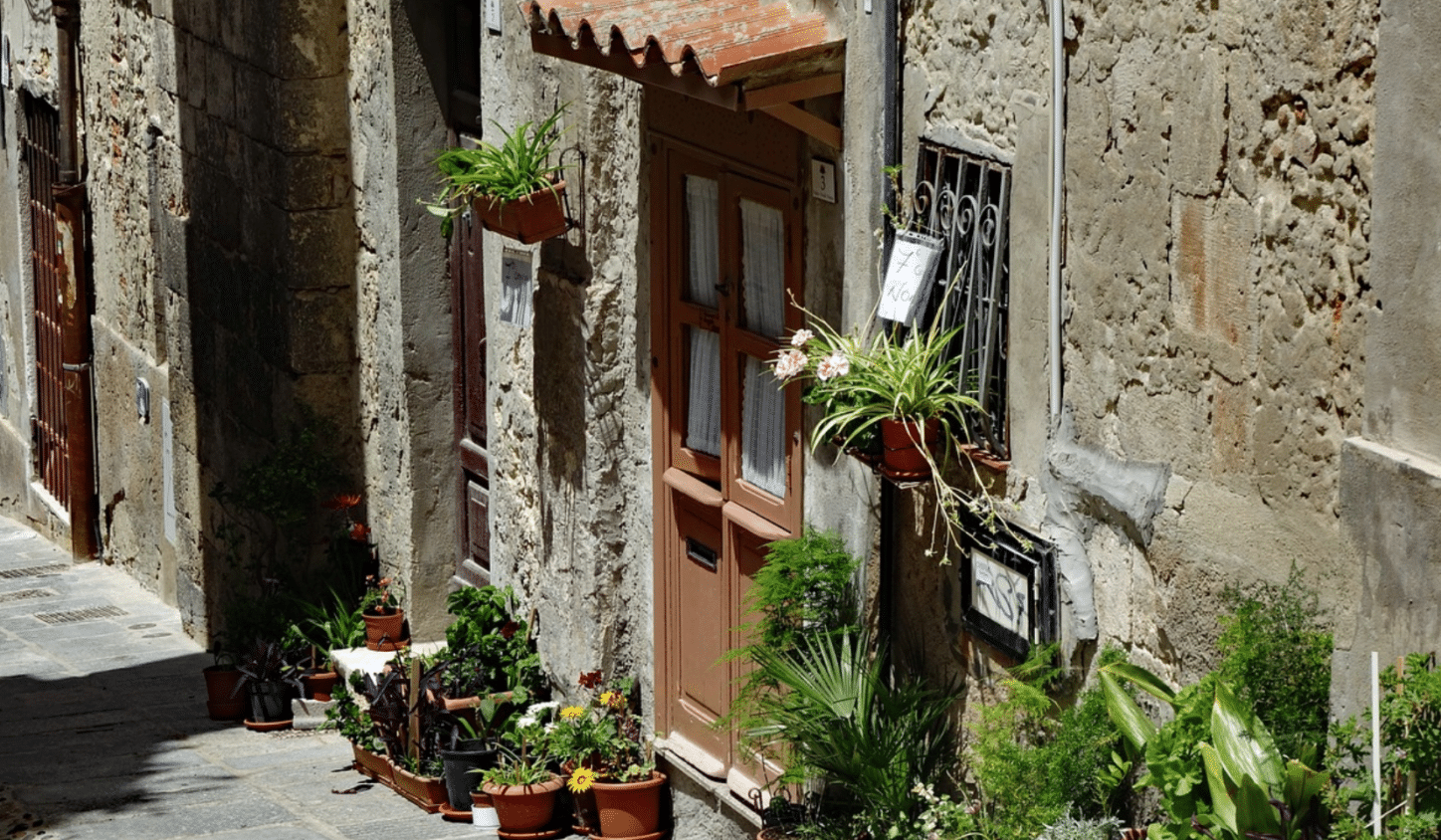
We found a hodgepodge of towers and domes and narrow streets that rose ever upward and tried to explore as much as we could.
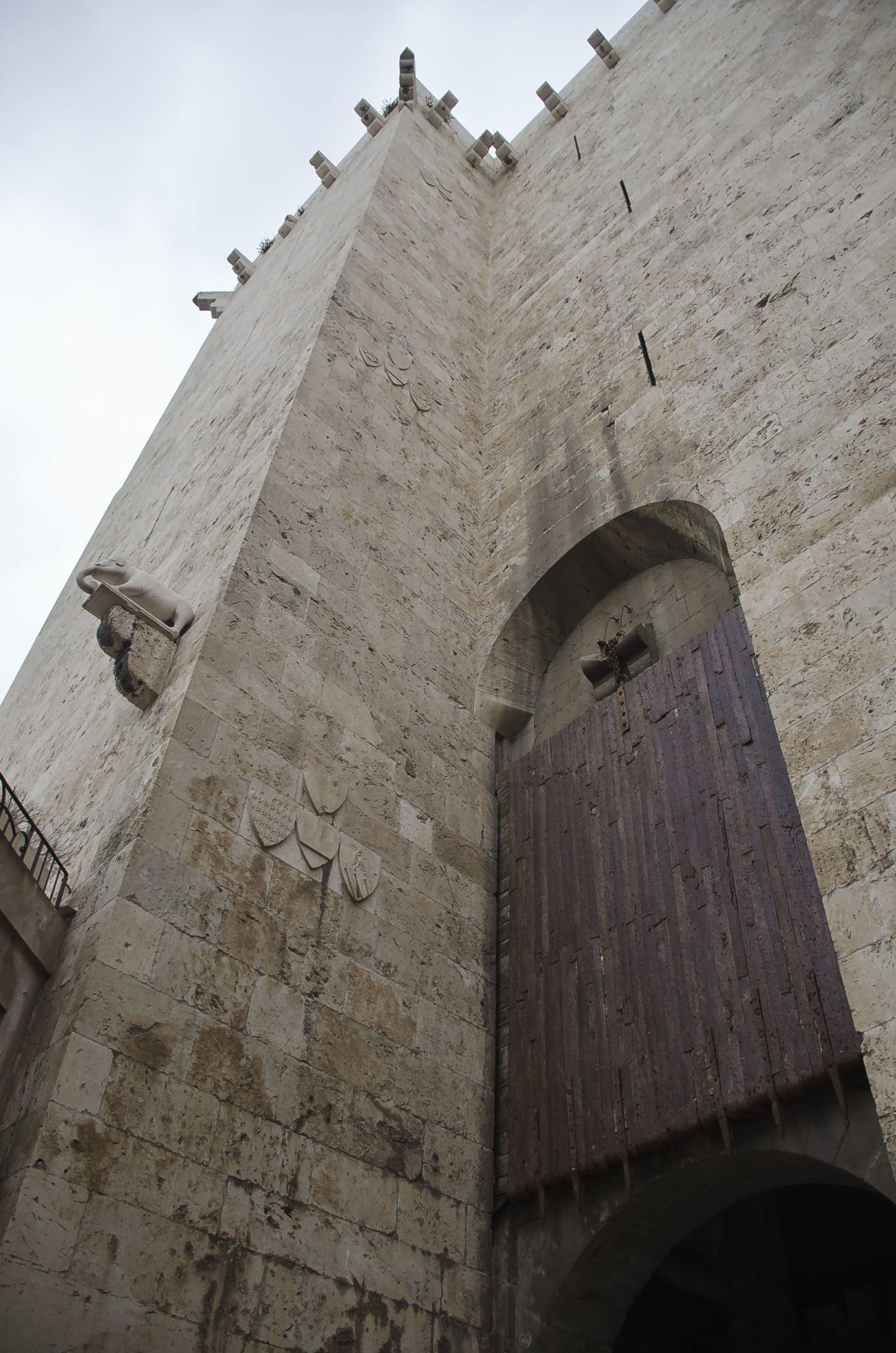
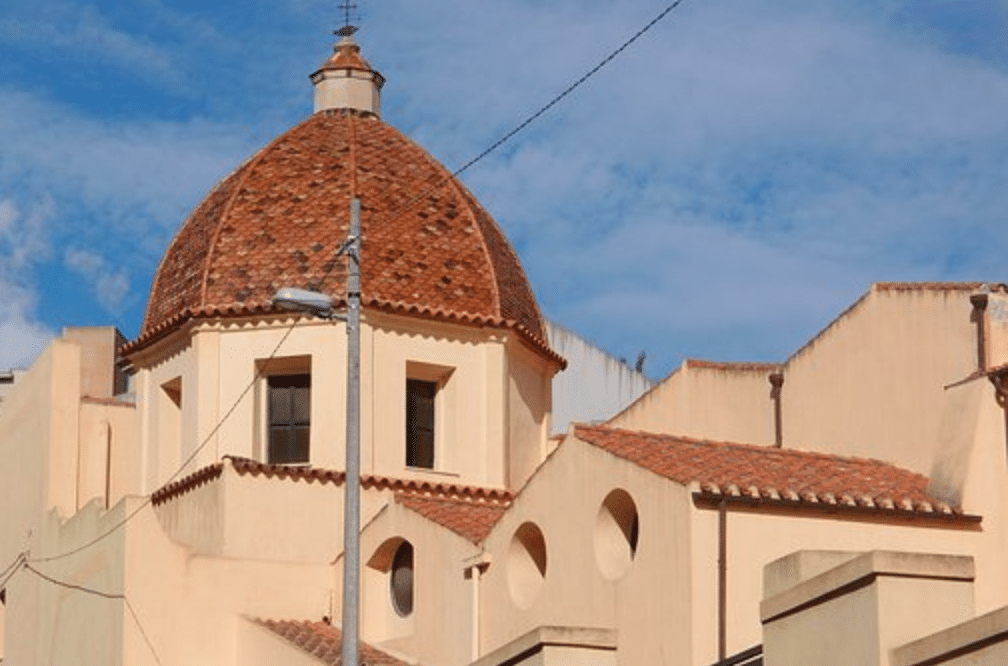
Now and then the overlooks gave us panoramic views across the city’s tiled rooftops to the blue waters of its seaport. But more than the appealing bars and shops we passed, we wanted to dig deeper into the history.
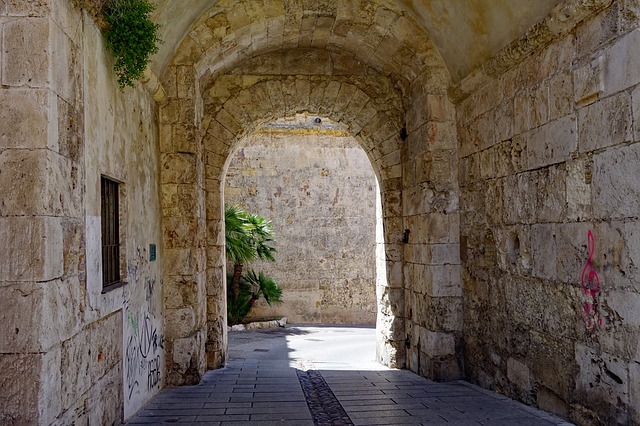
So we made our way beyond Il Castello to the Museo Archeologico Nazionale. The beautiful small museum is a must-see and seemed like a bargain at nine euros apiece to get in.
Anthropologists and archeologists continue to debate exactly when and how people first came to the island. Human remains have been found that date back 20,000 years. It’s thought that the original Sardinians came from France or Italy, maybe over a crossing from Corsica to the north. Others may have come from the Balearic Islands to the west.
But the Nuragi were the first people to leave traces of what they built and how they lived, and the museum’s exhibit gave us fascinating mini-course in the Nuragic period. It began in the Bronze Age about the 18th century B.C. and lasted until the 2nd century A.D. during Roman rule.
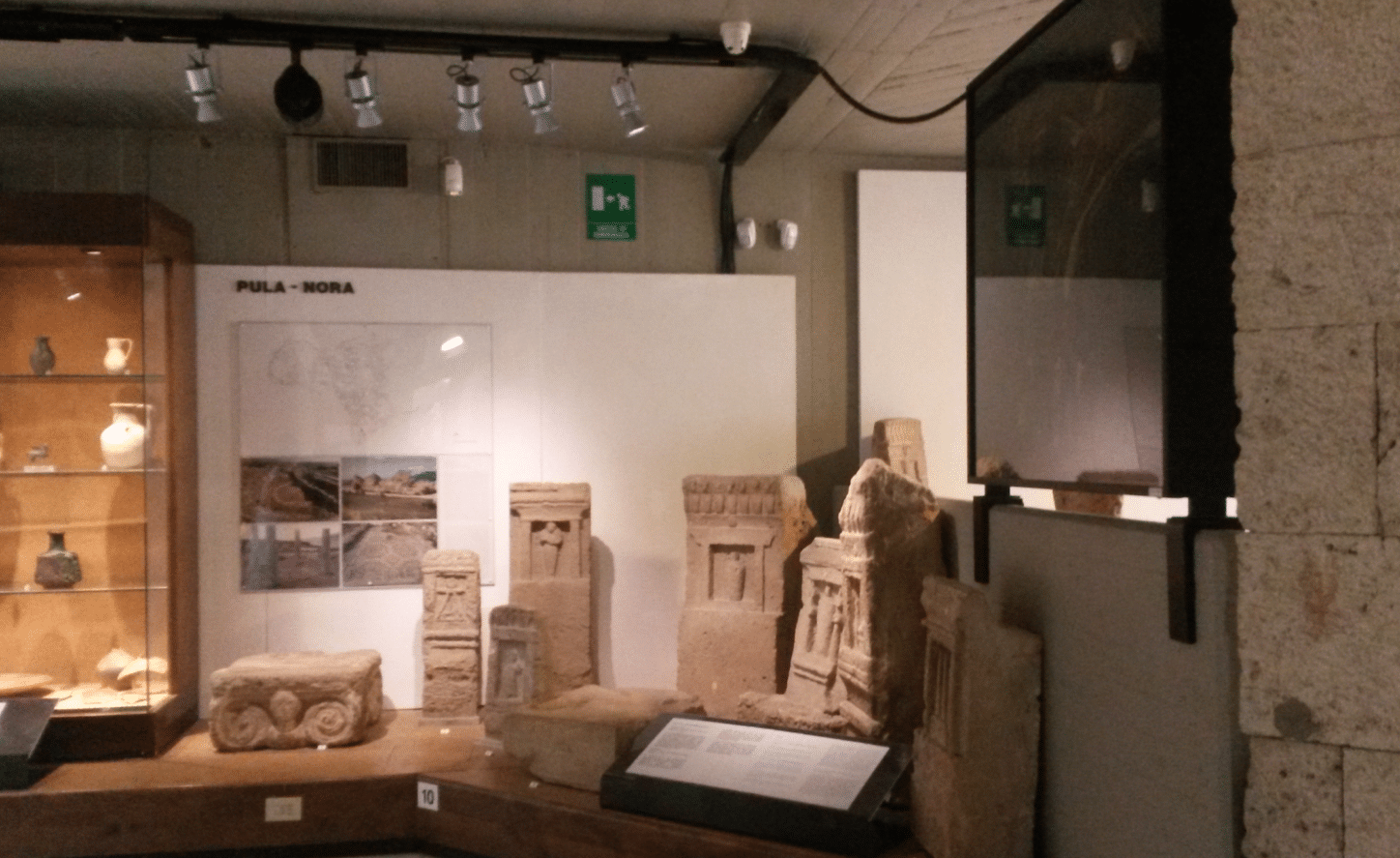
The Nuragi were miners, metal workers, builders, sailors, traders and artisans. They left no written records. But they did craft small bronze figures and jewelry that tell some of their story. We learned here that the Nuragi traded minerals, copper, and lead with the Greeks from Mycenae who called the island Ichnusa, or foot-shaped. The Nuragi not only mined metal, they smelted it and crafted weapons and tools that apparently were in demand by traders. The Phoenicians became the Nuragis longest and most important trading partners.
We spent a lot of time looking at small bronzes: archers, swordsmen, a mother with an infant, two men fighting, boats with deer heads at the prow.
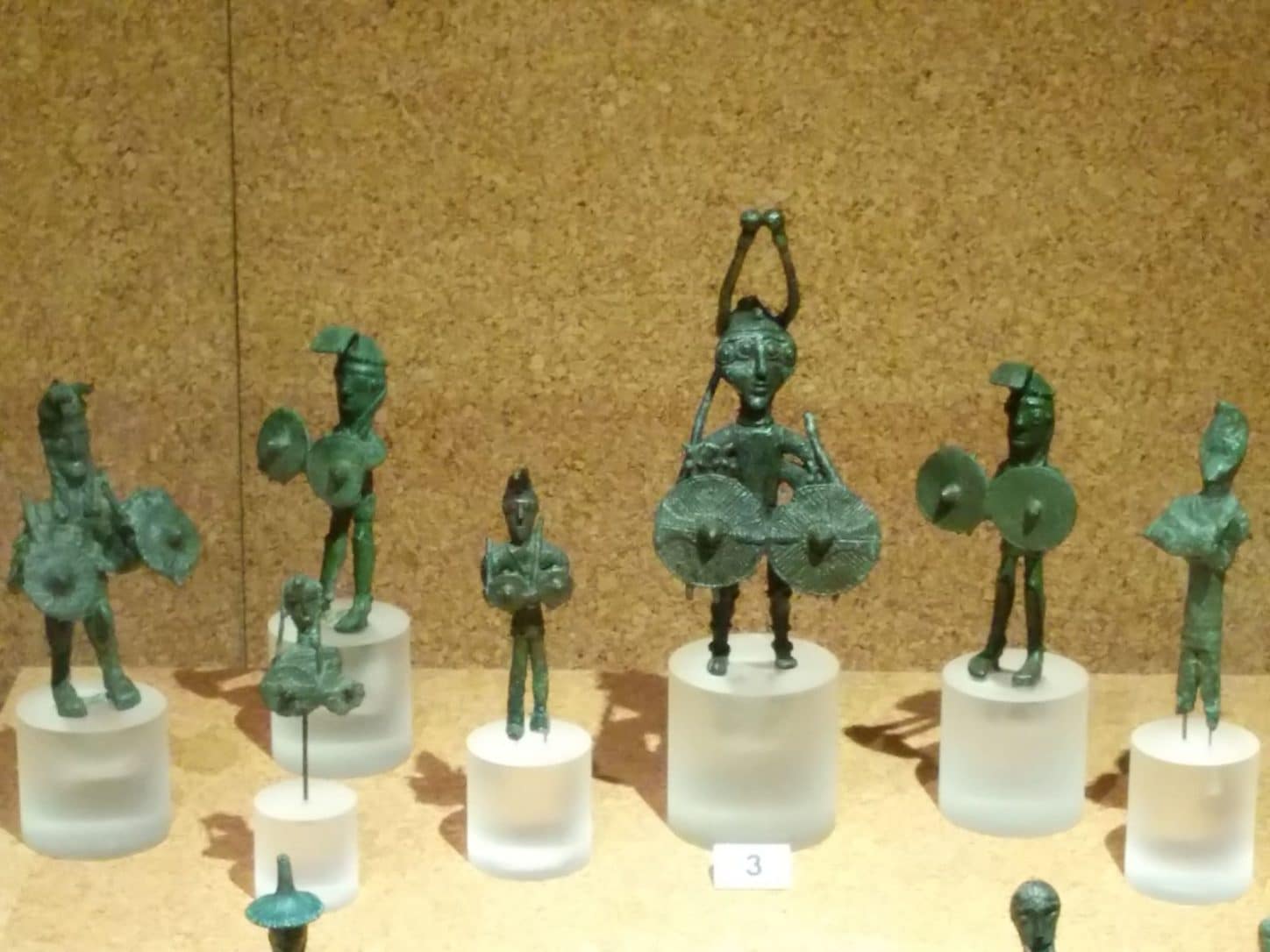
Some larger stone statues looked like they were plucked from New World pre-Columbian sites. And one later figure, dating to the Phoenician era and traced to Egypt, looked like the original garden gnome.
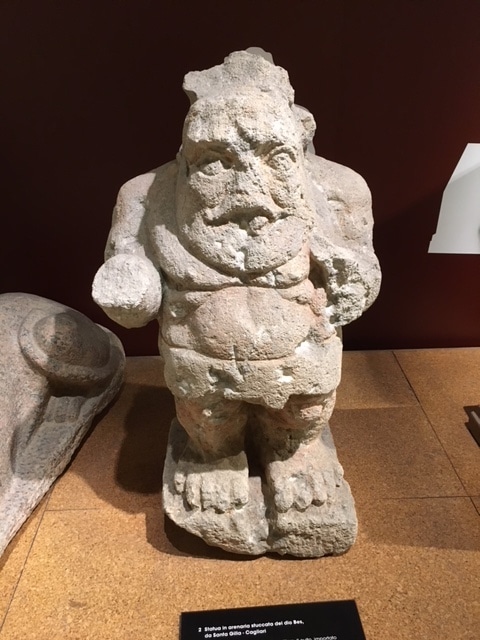
What we learned at the museum helped prepare us for a trip we planned for the next day, to the most famous and complete of the 7,000 Nuraghic sites on Sardinia.
The exhibit left us ready for a cool glass of prosecco.
On our way back down through Il Castello, we tried to explore what had been the Jewish section before the 1492 expulsion and purge of Jews from Spain and other Catholic countries.
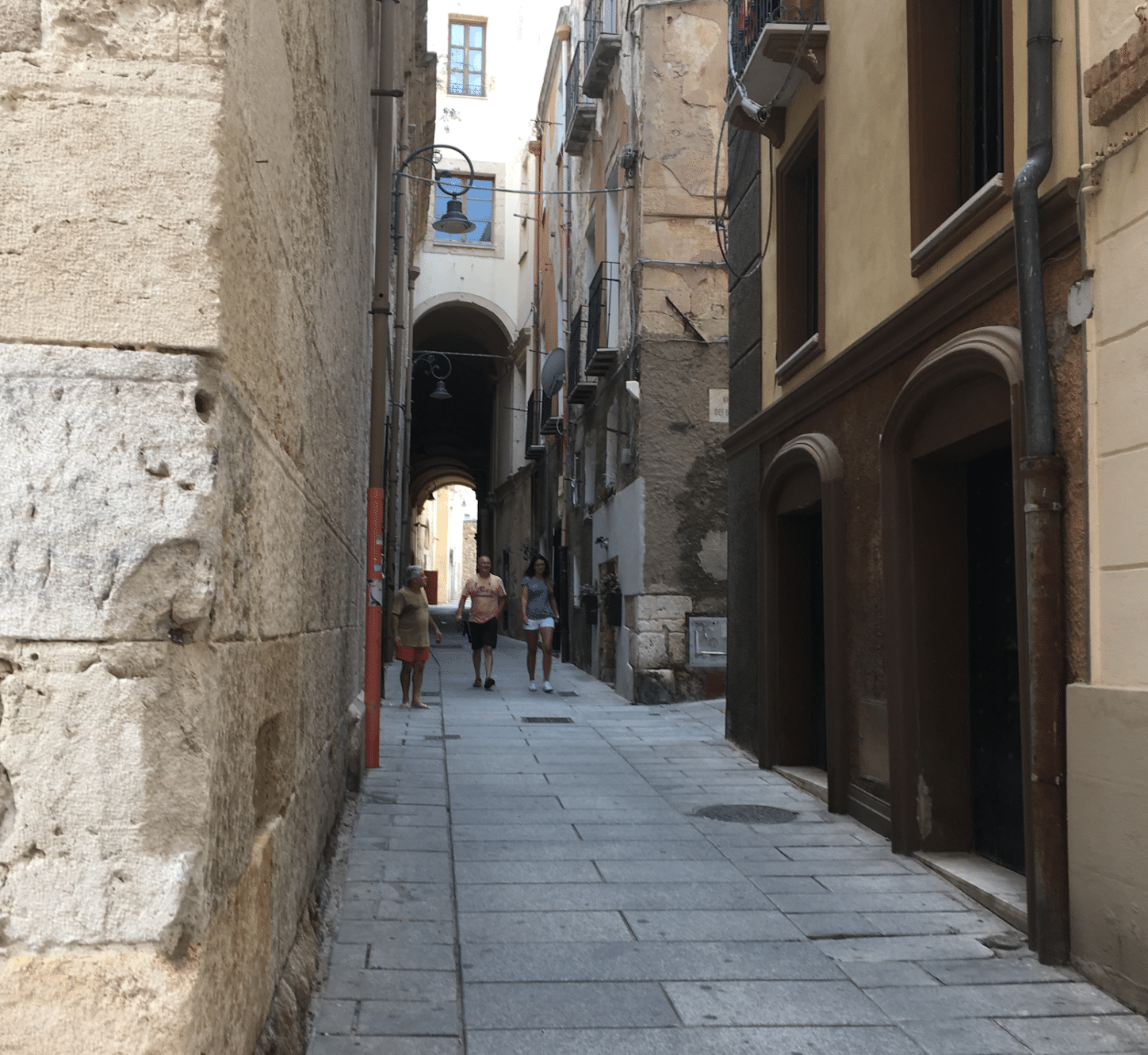
A sign said the Ghetto degli Ebrei, but that was it.
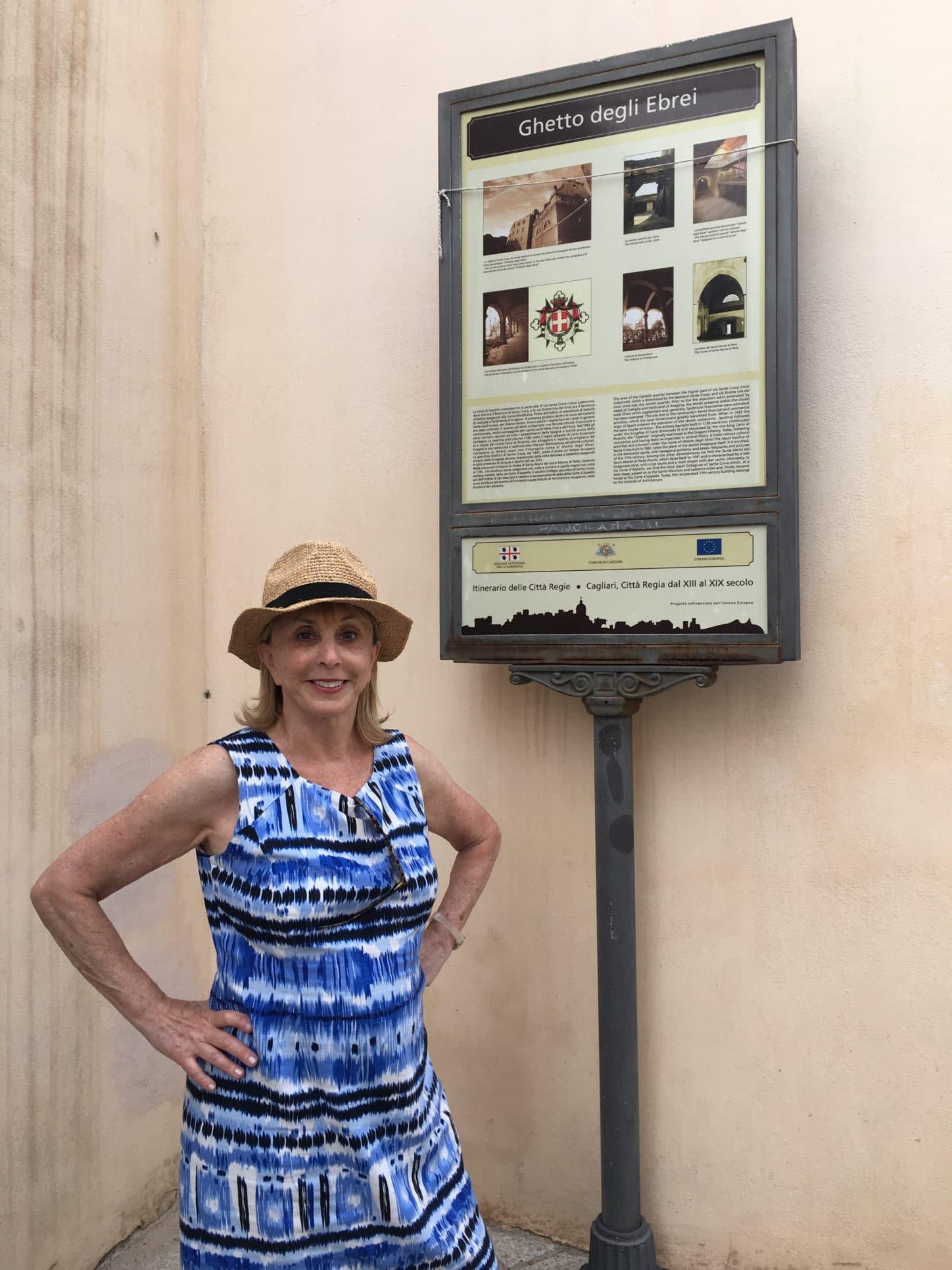
Music drifted up to us outside the walls of Il Castello, and soon we bumped into a military marching band playing in the middle of a pedestrian street. We stopped with the other passersby, a mix of tourists and locals, to enjoy the show.
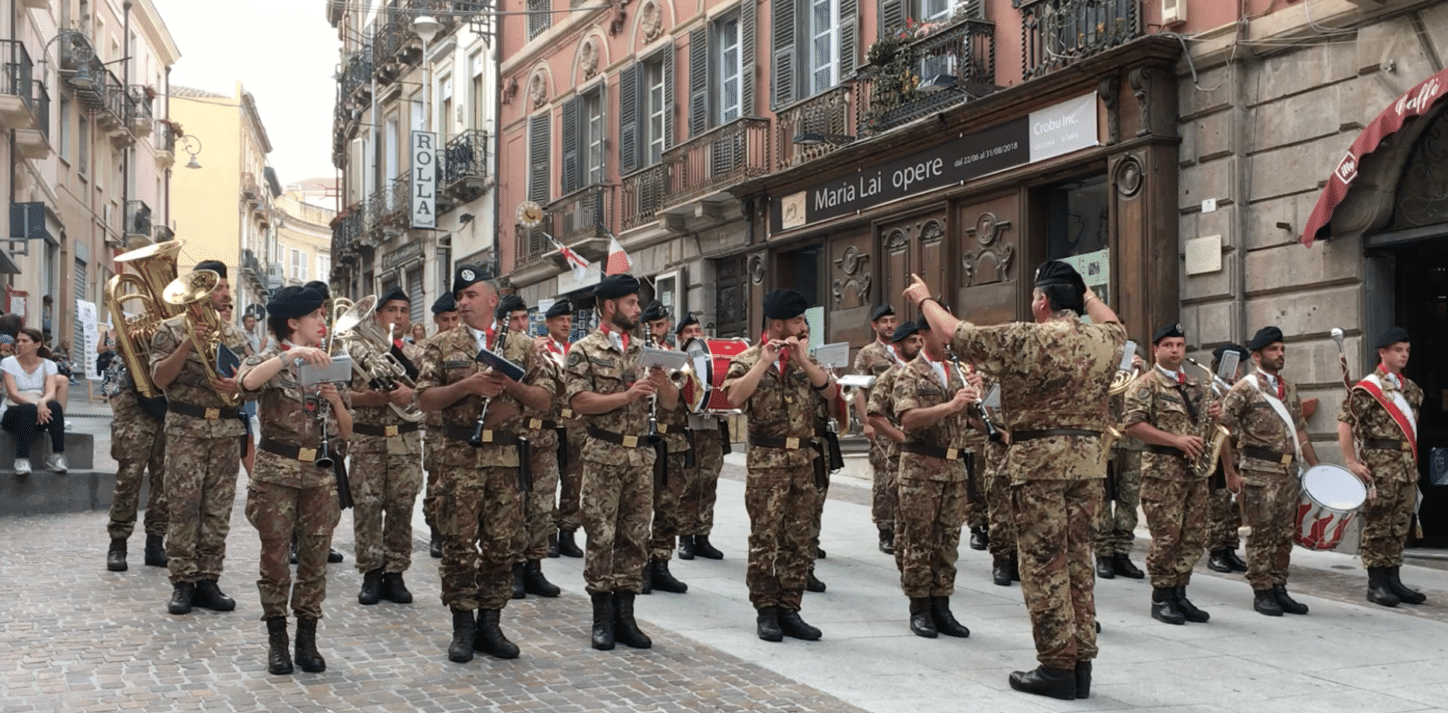
Then we continued the downhill walk to Via Sardegna. Our suite’s mini-bar provided the prosecco we were thirsty for, and we enjoyed it on our terrace. Later, we discovered that the restaurant we had chosen was only three or four streets down on Via Sardegna.
Fortunately, we had booked in advance at Antica Cagliari, a popular local destination. We learned that good restaurants in Sardinia book up quickly and — like good restaurants everywhere — it’s best if you reserve.
We ordered a bottle of Vermentino, Sardinia’s best-known white wine, and a frittura mista. Barbara ordered trofie sepphi, zucchini e bottarga, a small shaped pasta with cuttlefish, zucchini and bottarga, and Nick enjoyed grilled fresh sea bass.
Sated and stimulated by the day, we sauntered back to Palazzo Dessy ready for part two of discovering Sardinia. We expected Riccardo, a private tour guide, to pick us up at the palazzo early for our visit to Su Nuraxi at Barumini.
Discover Nuraxi at Barumini here.
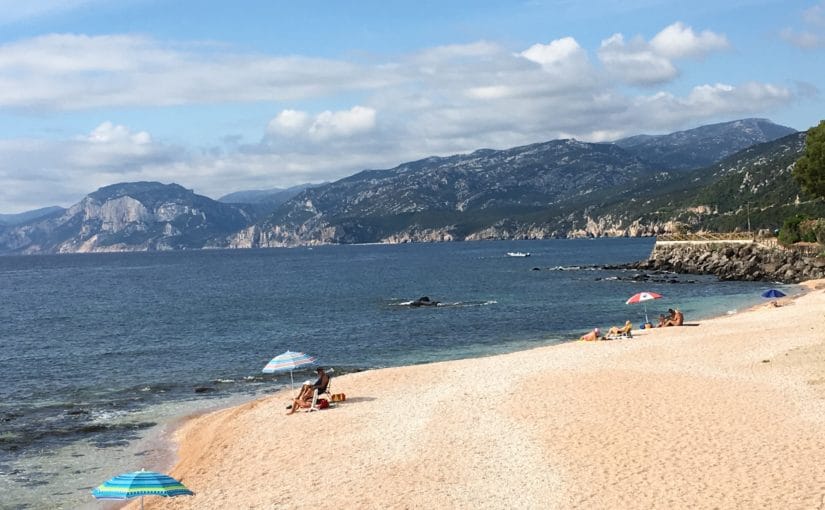
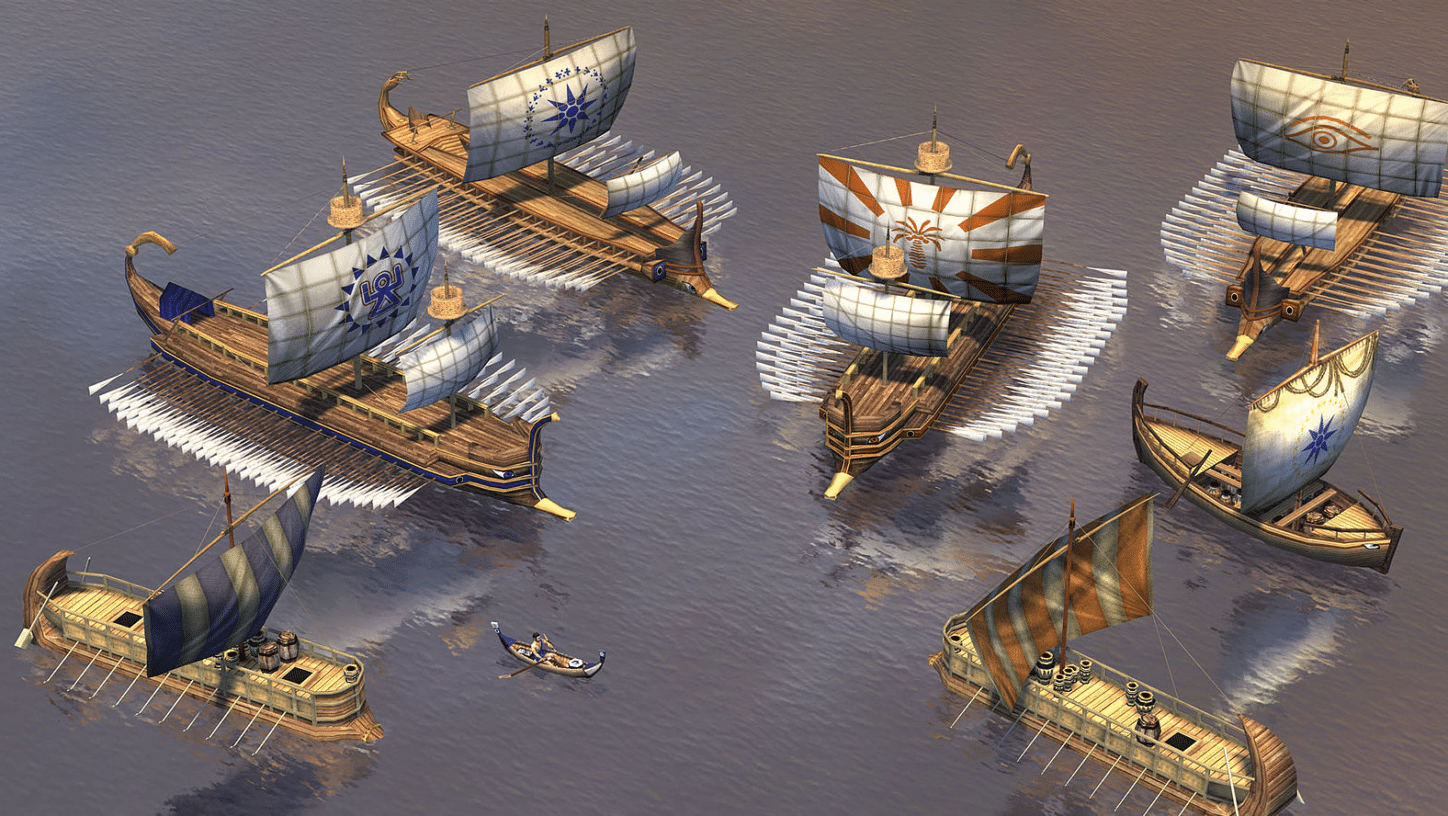
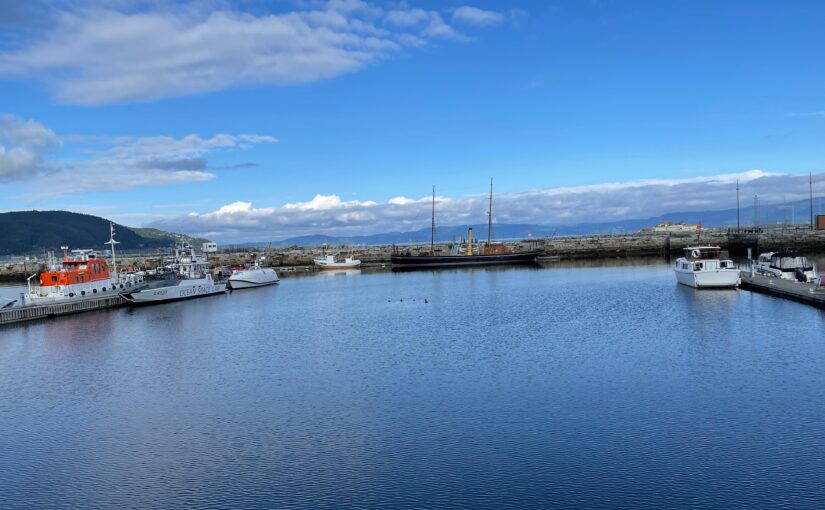

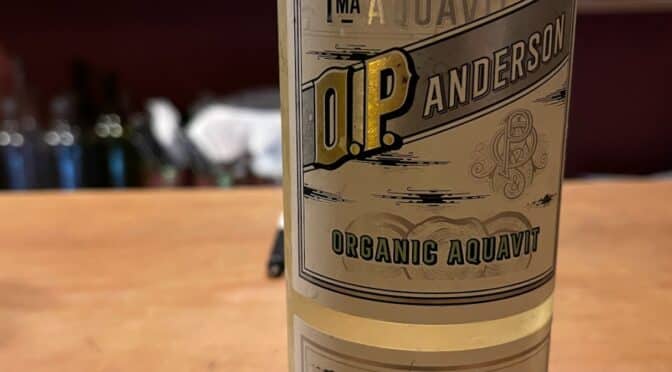
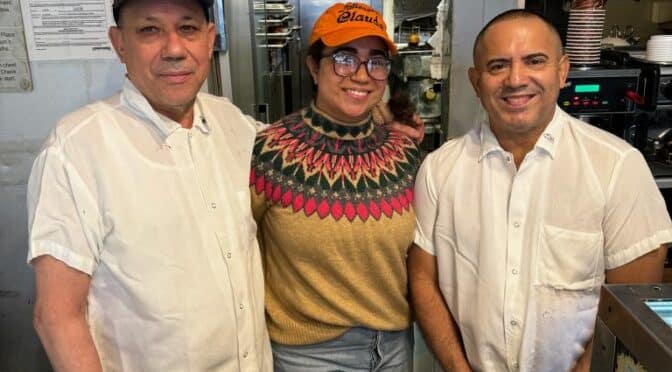
Great adventure guys. I especially liked the Gnome figure.
Thanks Tim. Hope you read Discover Nuraji at Barumini!